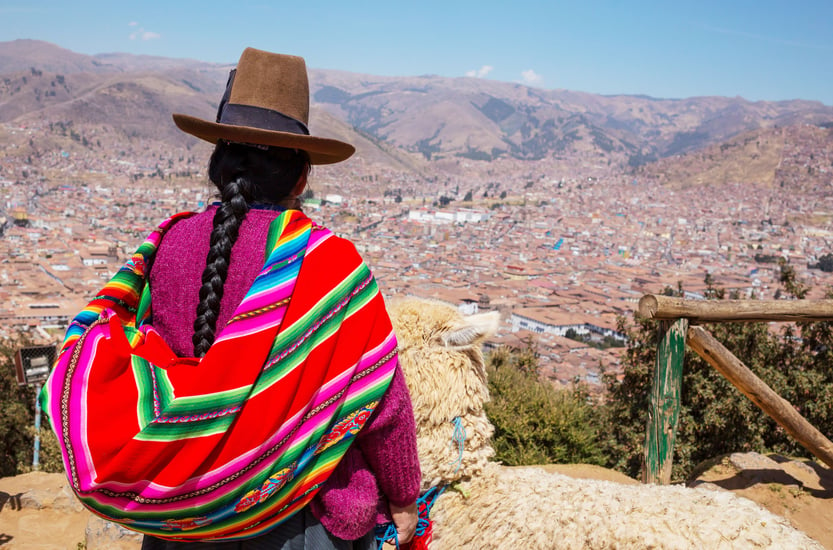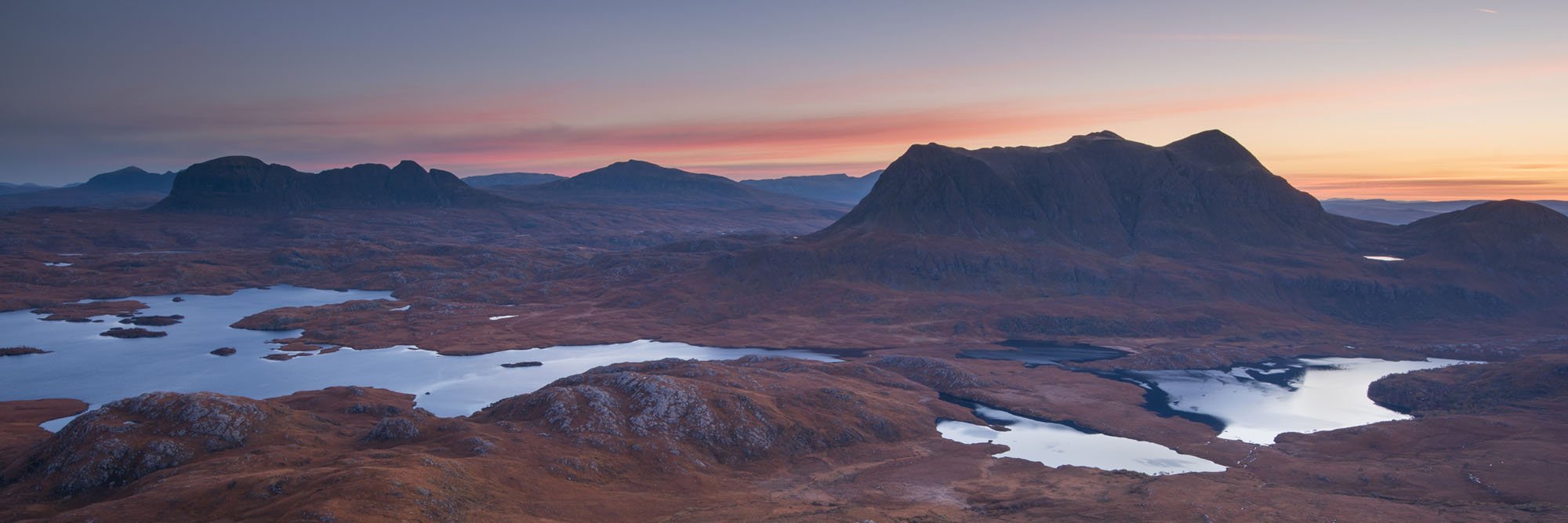Series: Heritage and Our Sustainable Future
Issue 1; 22nd May 2021
Brief reports are released throughout the year. Check out the complete* series below!
*subject to release date
ISSN 2752-7026
01
1Natural and cultural heritage are inseparable and interdependent.
Dividing them is artificial and counterproductive for promoting sustainable development. This disconnected approach, common in many countries, has often resulted in separate policies for natural and cultural heritage protection, conservation, and management across different government departments, institutions, and actors.
2Indigenous Peoples’ and local communities’ knowledge and expertise provide alternative paradigms for sustainable development.
Rooted in recognition of culture-nature interdependencies and holistic world views and approaches, the knowledge and practices of Indigenous Peoples and local communities can and do contribute significantly to, for example, ensuring food security, nurturing biodiversity, maintaining the integrity of ecosystems, and cutting CO2 emissions.

02
1 Natural and cultural heritage are inseparable and interdependent. Dividing them is artificial and counterproductive for promoting sustainable development.
2Indigenous Peoples’ and local communities’ knowledge and expertise provide alternative paradigms for sustainable development.

03

04
Cultural heritage and narratives shape our landscapes and influence discourse and action related to environmental sustainability. Some of the collaborative research carried out at the Centre for Mountain Studies seeks to understand how the integration of natural and cultural heritage can support community driven sustainable development.
The SHAPE project (funded by the Northern Periphery & Arctic Programme) developed sustainable ecotourism initiatives that address sustainability challenges in peripheral rural areas. This project used the concept of virtuous circles where natural and cultural assets are valued, preserved, and enhanced to develop sustainable tourism initiatives that in turn positively influence the underpinning assets. For example, the research demonstrated the multi-faceted value of local assets such as wool products and the heritage of river systems to visitors, communities, and local businesses. The focus of the project was on high quality community engagement and the value of co-construction processes where researchers develop all aspects of research in partnership with communities to co-produce processes and outcomes that meet community needs and priorities.
This approach is being used in the CULTIVATE project to understand the role of cultural narratives in socio-ecological systems and to generate a creative deliberative space to reshape narratives that address environmental challenges in landscapes rich in cultural and natural heritage.
Dr Rosalind Bryce, Director of the Centre for Mountain Studies, Perth College, University of the Highlands and Islands, Scotland (UK).
PANORAMA Nature-Culture is an online platform that documents practices interconnecting natural and cultural heritage sectors and embeds heritage in the larger sustainable development framework. This project started from the understanding that the implementation of the World Heritage Convention and national heritage administrations have often followed a nature-culture divide, also reflected in disciplinary and sectoral backgrounds of professionals working in heritage conservation, which does not necessarily exist at local level. This has brought misunderstandings in the application of the Convention in places where policy needs to adapt to local realities and be built with bottom-up collaboration.
In order to understand heritage in a more holistic manner, interdisciplinary research and cross-sectoral exchange are necessary. For this, there is a need to collect evidence. PANORAMA Nature-Culture brought in the cultural aspects within the nature-focused PANORAMA platform, highlighting the role of culture in sustainable development, and the interlinkages between natural and cultural diversity. More than 240 of 834 case studies called “solutions” already published were identified as having a cultural component that was not acknowledged, showing that culture does indeed play a role in sustainable development endeavours. Two new filters (culture and local actors) were added to the existing ones, enabling users to highlight the cultural component involved in these 240 solutions. As a result, PANORAMA Nature-Culture enables peer-learning by connecting practitioners, researchers, and decision-makers, and provides evidence for policymaking.
Dr Maya Ishizawa, Curator, PANORAMA Nature-Culture, ICCROM-IUCN World Heritage Leadership

Contacts
UK National Commission for UNESCO
[email protected]
Prof Stuart Taberner, Director of the Frontiers Institute, and Principal Investigator at PRAXIS, University of Leeds, UK
[email protected]
Dr Francesca Giliberto, PRAXIS’ Post-Doctoral Research Fellow on Heritage for Global Challenges, University of Leeds (UK); Helen Maclagan OBE, Former Vice-Chair and Non-Executive Director, UK National Commission for UNESCO.
Dr Rosalind Bryce, Director of the Centre for Mountain Studies, Perth College, University of the Highlands and Islands, Scotland (UK); Dr Maya Ishizawa, Curator, PANORAMA Nature-Culture, ICCROM-IUCN World Heritage Leadership
Matilda Clark, Project Officer, UK National Commission for UNESCO; Matthew Rabagliati, Head of Policy, Research and Communications, UK National Commission for UNESCO.
